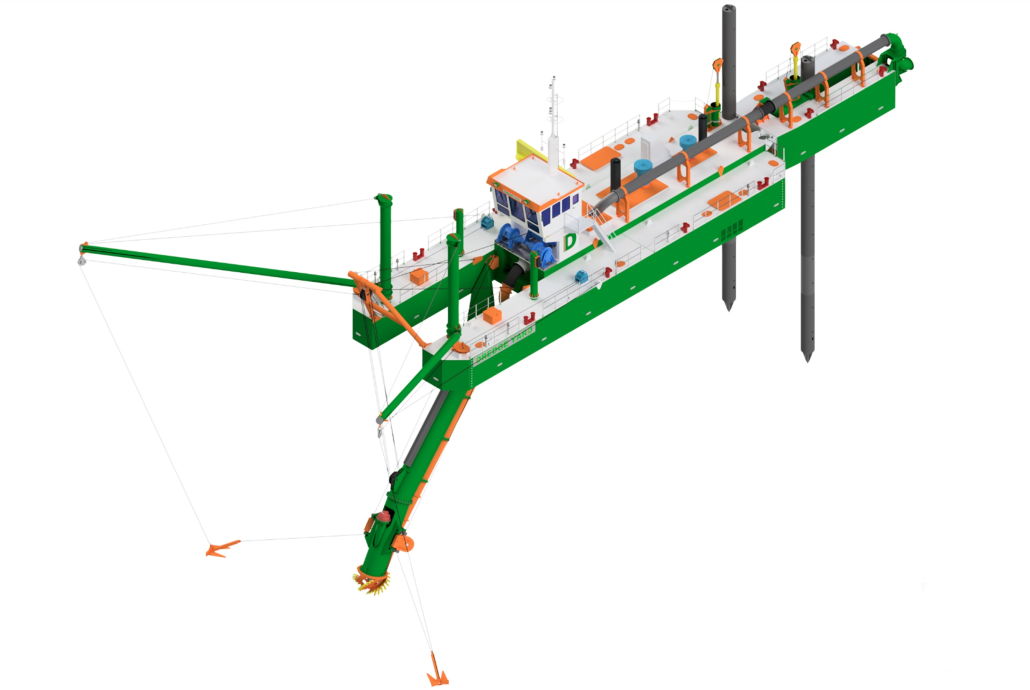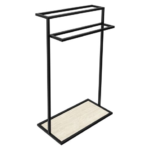
Dredging is an integral part of maintaining and developing waterways, ports, and marinas. It involves the removal of silt, sand, and other materials from the bottom of bodies of water to deepen channels, remove contaminants, or create new land formations. With numerous dredging service providers available, selecting the right one can be challenging. This guide outlines some key factors to consider when choosing dredging services to help you make an informed decision.
Assess project requirements:
Before choosing a dredging service, it’s important to assess the specific needs of the project. This includes understanding the type of sediment to be removed, the depth and volume of dredging required, and any environmental or regulatory considerations. Different dredging projects, such as those for flood control, port maintenance, or environmental restoration, have unique requirements that must be addressed. Clearly defining these requirements will help in selecting a service provider with the appropriate expertise and equipment.
Evaluate experience and expertise:
Experience and expertise are fundamental when choosing a dredging service. Look for providers with a proven track record in handling projects similar to yours. Experienced companies will have the technical knowledge and skills necessary to manage complex dredging operations and steer challenges. Check the company’s portfolio, client testimonials, and case studies to gauge their capability and reliability.
Consider equipment and technology:
The type of equipment and technology used by a dredging service can significantly impact the efficiency and effectiveness of the project. Advanced dredging equipment, such as cutter suction dredgers, clamshell dredgers, and hydraulic dredgers, can handle different types of sediment and depths. Additionally, innovative technologies for environmental protection, such as silt curtains and real-time monitoring systems, can help minimize environmental impact. Ensure that the service provider has up-to-date and well-maintained equipment suited to your project’s specific needs.
Review environmental and regulatory compliance:
Environmental and regulatory compliance is a key aspect of dredging operations. Choose a service provider that adheres to environmental regulations and best practices to minimize the impact on aquatic ecosystems. The provider should be familiar with local and national regulations regarding sediment disposal, water quality standards, and habitat protection. They should also have experience in obtaining necessary permits and conducting environmental impact assessments.




